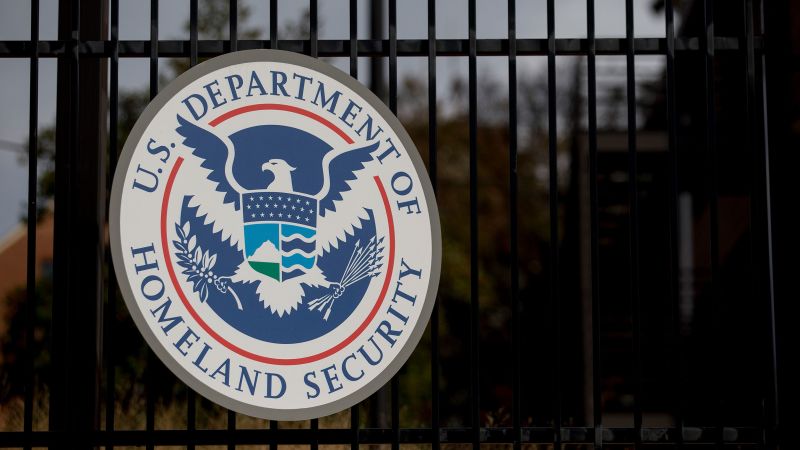
WASHINGTON, D.C. – Iran could potentially target US government officials if Tehran perceives a threat to its regime stability, according to a recent Department of Homeland Security (DHS) bulletin obtained by CNN. The document outlines scenarios where Iranian leaders might feel compelled to act, particularly if they believe US actions endanger their leadership.
Immediate Impact on US-Iran Relations
The DHS bulletin, dated June 22, was disseminated to state and local law enforcement, highlighting potential threats to US officials. It suggests that Tehran might consider targeting individuals perceived to be involved in the deaths of senior Iranian figures or if continued US airstrikes pose a threat.
In a recent development, Iran launched missiles towards a US military base in Qatar, reportedly in retaliation for US strikes on Iranian targets. This escalation underscores the increasing tension between the two nations.
Key Details Emerge from DHS Bulletin
The bulletin, described as one of the clearest connections drawn by US intelligence regarding potential retaliatory actions, does not specify what form the targeting might take. However, it references past allegations by the Justice Department that Iran attempted to assassinate former President Donald Trump and his national security adviser, John Bolton, following the 2020 killing of Iranian General Qasem Soleimani.
“It is our duty to keep the nation safe and informed, especially during times of conflict,” said Homeland Security Secretary Kristi Noem in a statement to CNN.
Potential Cyber and Physical Threats
The DHS warns of a “heightened threat environment” in the US, with possibilities of cyberattacks and lone-wolf actions. Iran’s security services are known to employ hacking for intelligence gathering, which could precede physical attacks.
In the short term, Iran-aligned hacktivists may conduct low-level cyberattacks against US networks, including distributed denial-of-service attacks, according to the DHS bulletin.
Background Context and Regional Implications
The announcement comes as tensions between the US and Iran have been escalating, partly due to the ongoing Israel-Iran conflict. The US’s decision to target Iranian nuclear sites has further strained relations, with potential repercussions for regional stability.
Meanwhile, Iran’s security apparatus continues to leverage cyber capabilities to gather intelligence, potentially targeting individuals involved in past US military actions against Iran.
Timeline of Recent Events
- June 22: DHS bulletin issued warning of potential threats.
- Recent: Iran fires missiles at US base in Qatar.
- 2020: US military strike kills Iranian General Qasem Soleimani.
Expert Analysis and Future Implications
According to sources familiar with the situation, the DHS bulletin highlights the complexities of US-Iran relations and the potential for increased hostilities. Experts suggest that the US must remain vigilant against both cyber and physical threats.
The timing is particularly significant because it coincides with heightened tensions in the region, potentially affecting global security dynamics.
As the situation unfolds, the US government and its allies are likely to monitor developments closely, preparing for any retaliatory actions from Iran.
In conclusion, while the DHS bulletin raises concerns about potential threats, it also serves as a reminder of the ongoing geopolitical challenges faced by the US in its dealings with Iran.







